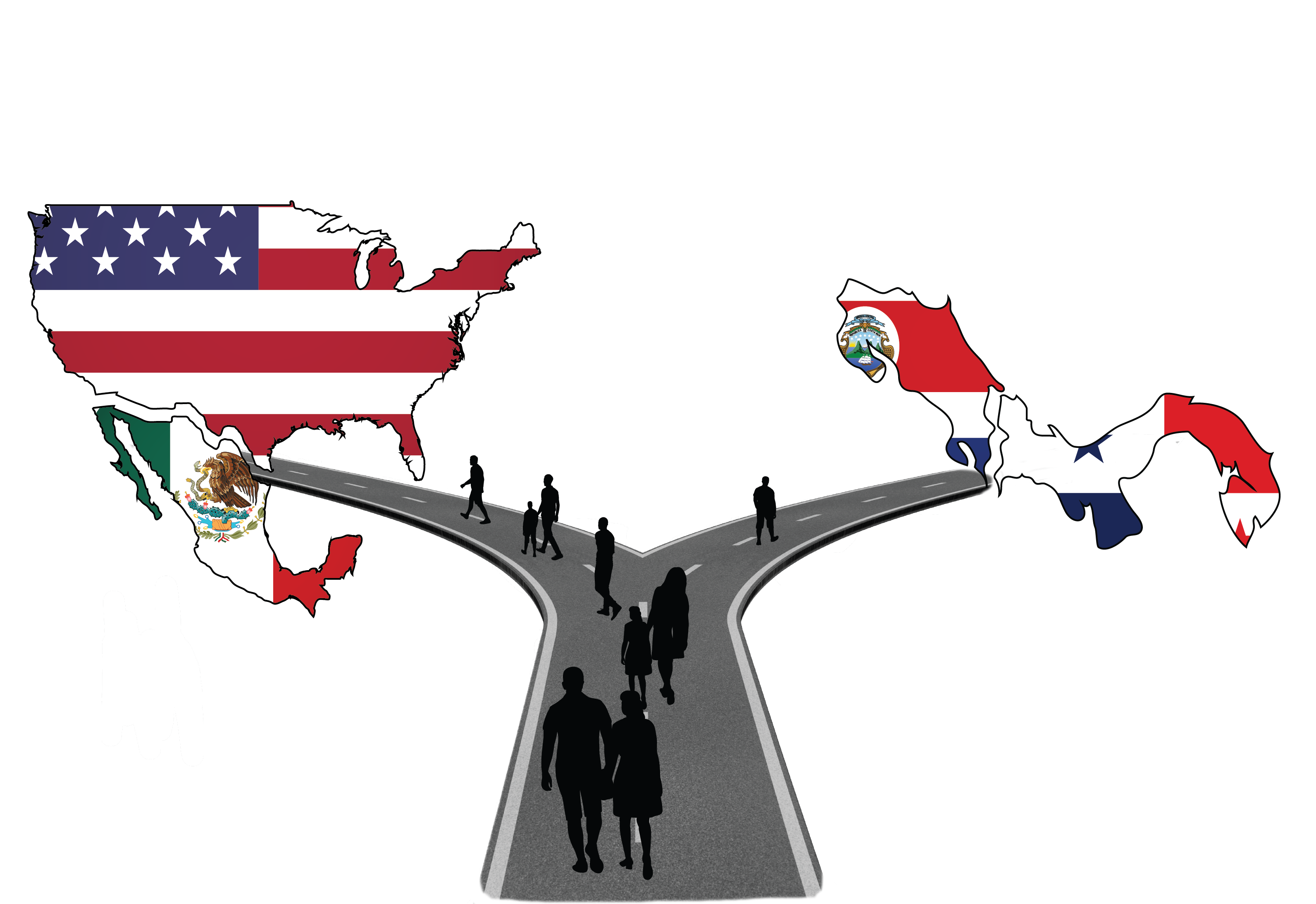The Road Less Traveled Bolstering the Absorptive Capacity of Southern Central American States to Facilitate the Southern Flow of Northern Triangle Immigrants

Final Report
Abstract
This project will examine to what extent Northern Triangle migrants are choosing alternative locations, specifically Panama and Costa Rica. If so, is there more that the U.S. Government (USG) could be doing to aid Panama and Costa Rica’s absorption of Northern Triangle migrants. If not, why not? What are the specific policies/investments that the USG could undertake to encourage migration to those nations? Furthermore, recognizing that the drivers of migration likely vary between distinct groups of migrants (those from Northern Triangle countries, those from elsewhere in the western hemisphere, and those from outside of the western hemisphere), this study will explore how the drivers of destination choice and the potential activities the U.S. Government may consider employing to increase absorptive capacity vary between migrants from the Northern Triangle versus those the aforementioned types of non-Northern Triangle migrants. The goal of the project will be to identify at what rate Northern Triangle (and other) migrants choose to emigrate south as opposed to north. The countries that make up the Northern Triangle have systemic issues that affect the livelihoods of the citizens of those countries. Costa Rica and Panama have more developed economies and more stability than the Northern Triangle countries. Northern Triangle countries lack the stable agricultural and manufacturing industries and substantial international investment that are present in Costa Rica and Panama. Our project will use demographic data collected by the target countries, field interviews, a scan of the literature, and econometric modeling to determine if Costa Rica and Panama could serve as alternative destinations for Northern Triangle (and other) refugees and migrants. A secondary goal of the research will be to determine if economic investment in Costa Rica, and/or Panama could affect the flow of migrants/refugees from Northern Triangle (and other) countries. As the present situation is not sustainable and the United States cannot absorb the additional labor force, this project will identify alternative destinations. The results from the project could be used by the Department of Homeland Security, U.S. Government, and U.S. business interests to work with the governments and industries of Costa Rica and Panama to absorb a proportion of the Northern Triangle (and other) refugees and migrants.